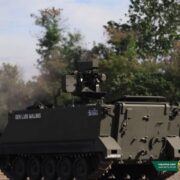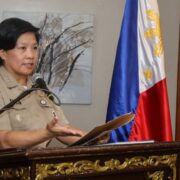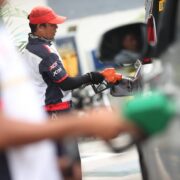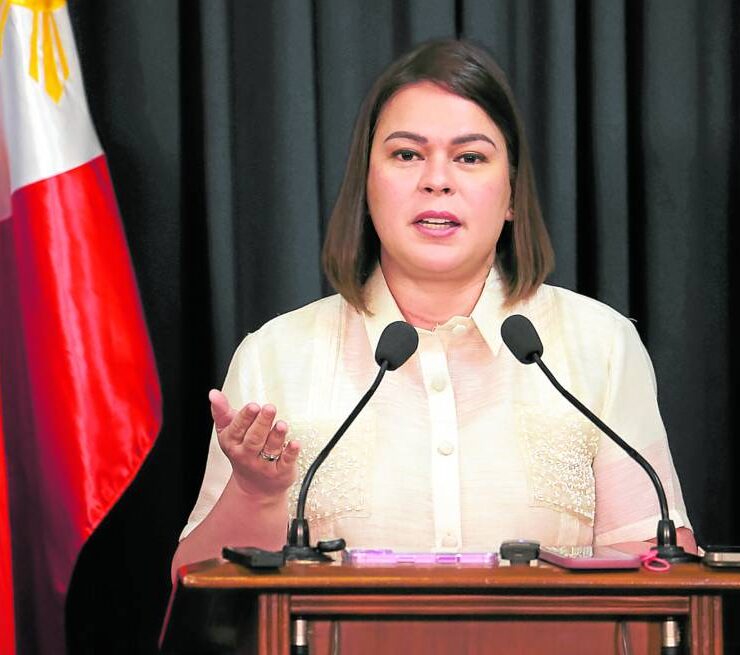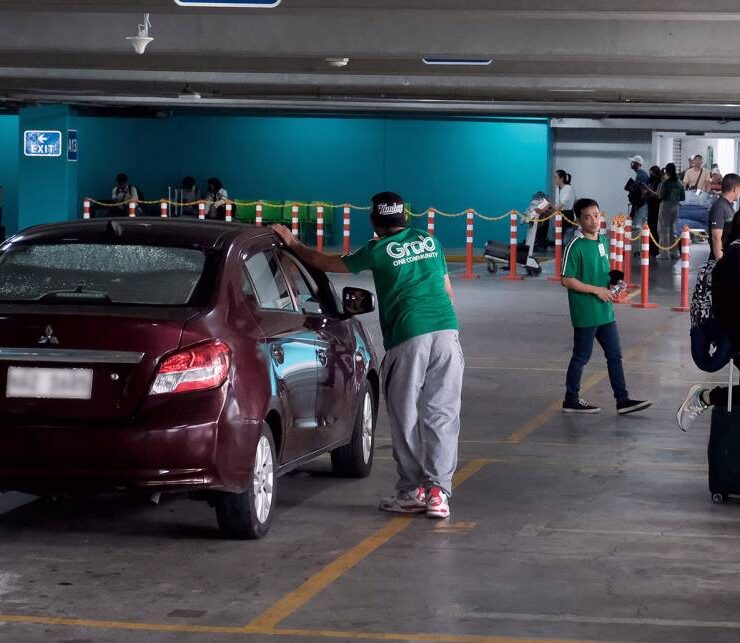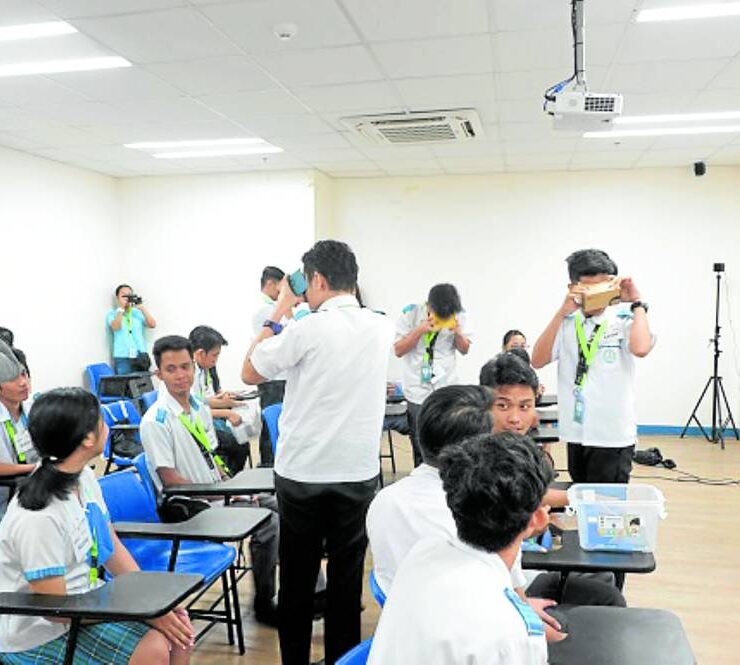The Camino experience (1)

Doing the Camino,” the shorthand way of saying one is going on a pilgrimage to Santiago de Compostela in Spain, has been on my “bucket list” since 2005 when I first heard about it from a German friend. He told me how he had been training for a 40-day 800-kilometer walk to Santiago via the popular Camino Frances. I listened in awe and promised myself that I would go as soon as I retired.
But every year thereafter, I found every reason to not do it. The distance and the time it would take intimidated me.
Finally, a month ago, after hesitating for nearly two decades, I took a leave from this column and everything else that has preoccupied me since retirement, and entered the Camino from Ponferrada in Spain, while I still had the will and strength—and well before I kicked the bucket.
The path I and my three companions followed is a segment of the Camino Frances and is about 215 kilometers to Santiago. A pilgrim must do the last 100 km on foot or on horseback to qualify for the “Compostela,” a document issued by the Cathedral in Santiago de Compostela certifying that the pilgrimage has been undertaken.
What makes the Camino particularly appealing is that, unlike the typical travel holiday, this journey involves days or weeks of walking through ancient forest trails, semi-abandoned medieval villages, farms and orchards, little old towns dotted with Romanesque architecture, and thriving cities showcasing the varied elements of Spanish history and culture, and, of course, the best local Spanish cuisine, cheeses, and wines.
If that description sounds more worldly than religious, it is because those who undertake the “Camino de Santiago” (the Way of St. James) do so for many reasons other than the pursuit of religious devotion to St. James or, as he is more popularly known in Galicia, Xacobeo or Santiago.
The idea of crossing on foot the countryside of northern Spain—from the French Pyrenees to somewhere close to the Portuguese border—at once signifies an opportunity to test one’s capacity for solitude, or, as the case may be, one’s aptitude for conversation with fellow travelers one meets along the way. At the very least, it is a measure of one’s ability to traverse long distances on foot over many days without, at some point, being overcome by the utter pointlessness of it all.
Indeed, as they often say, there is not a single Camino. It is rather many routes to the same destination—both in the literal and metaphorical sense.
No Camino experience is the same as the other, for, as in life, every traveler brings into the journey the complexity of their inner lives, private troubles, guilt, hopes, and dispositions.
Many people do the Camino as an act of gratitude after, for example, surviving a dreaded illness, or as a way of dealing with intense grief after a loved one’s death.
Others have done so as an act of penance, or as an end-of-life review of what they have done with the gift of life. Some say they regularly do the Camino as a way of unplugging from the habits and routines of a world gone crazy.
The reasons are varied and limitless, and quite often these may have little in common with the religious reasons that originally impelled the first pilgrims who trekked to the Cathedral of Santiago de Compostela throughout the Middle Ages to visit the tomb of Santiago Mayor.
I must admit that I myself went on the Camino perhaps with no higher reason than because I liked walking. It clears my mind and strengthens my body. It gives me good feelings and helps me get past certain bumps in my life. I thought that a 10-day walk might also give me ample time to reflect on what I should do next in the remaining years of my life. But I had no illusion of being rewarded with a spiritual experience.
Because I grew up in Betis, a pious community whose devotion to Santiago Apostol is legendary, it should have been aspirational for me to go on this pilgrimage. But I have never thought of myself as a devotee or as someone seeking assurance of salvation. If anything, perhaps what I was hoping to take away from this experience was some clarity or a better understanding of what life is about particularly its absurdities.
Albert Camus, the French Algerian writer and Nobel laureate, summed it up well. “What I wish for now is no longer happiness but simply awareness … The great courage is still to gaze as squarely at the light as at death.”
Months before the trip, I not only prepared for the arduous walking in Europe’s late spring that could easily stretch 11 hours, sometimes in rain and fog. I made sure I had the right kind of trail shoes and socks and ample protection against cold and wet weather. I also made a list of things to think about and armed myself with AirPods, hours of audiobooks, podcasts, and music. I feared boredom almost as much as physical injury and exhaustion. As it turned out, I needed none of these aids to solitary reflection. I used my AirPods only once, deciding to completely forego them after I was almost sideswiped in a narrow village road by a speeding car whose engine roar I didn’t hear.
Awareness—that was the key. I quickly realized it was all the mental disposition I needed to enjoy, not just endure, the Camino. This meant consciously opening all my senses and immersing myself in what I was hearing, seeing, feeling with my skin, smelling, and tasting, to be able to take full measure of this unique experience, and, I hoped, find in it some lasting spiritual or philosophical meaning.









